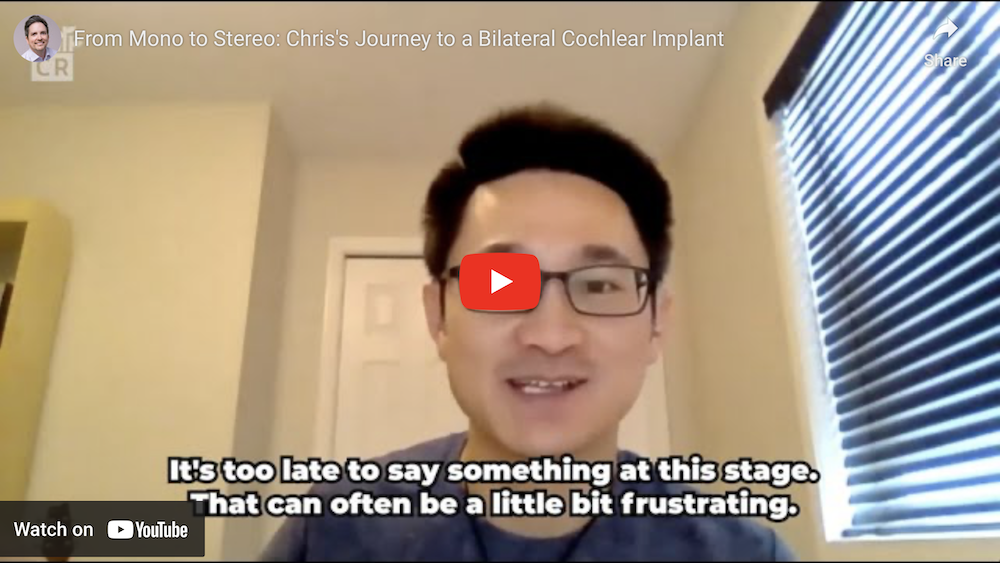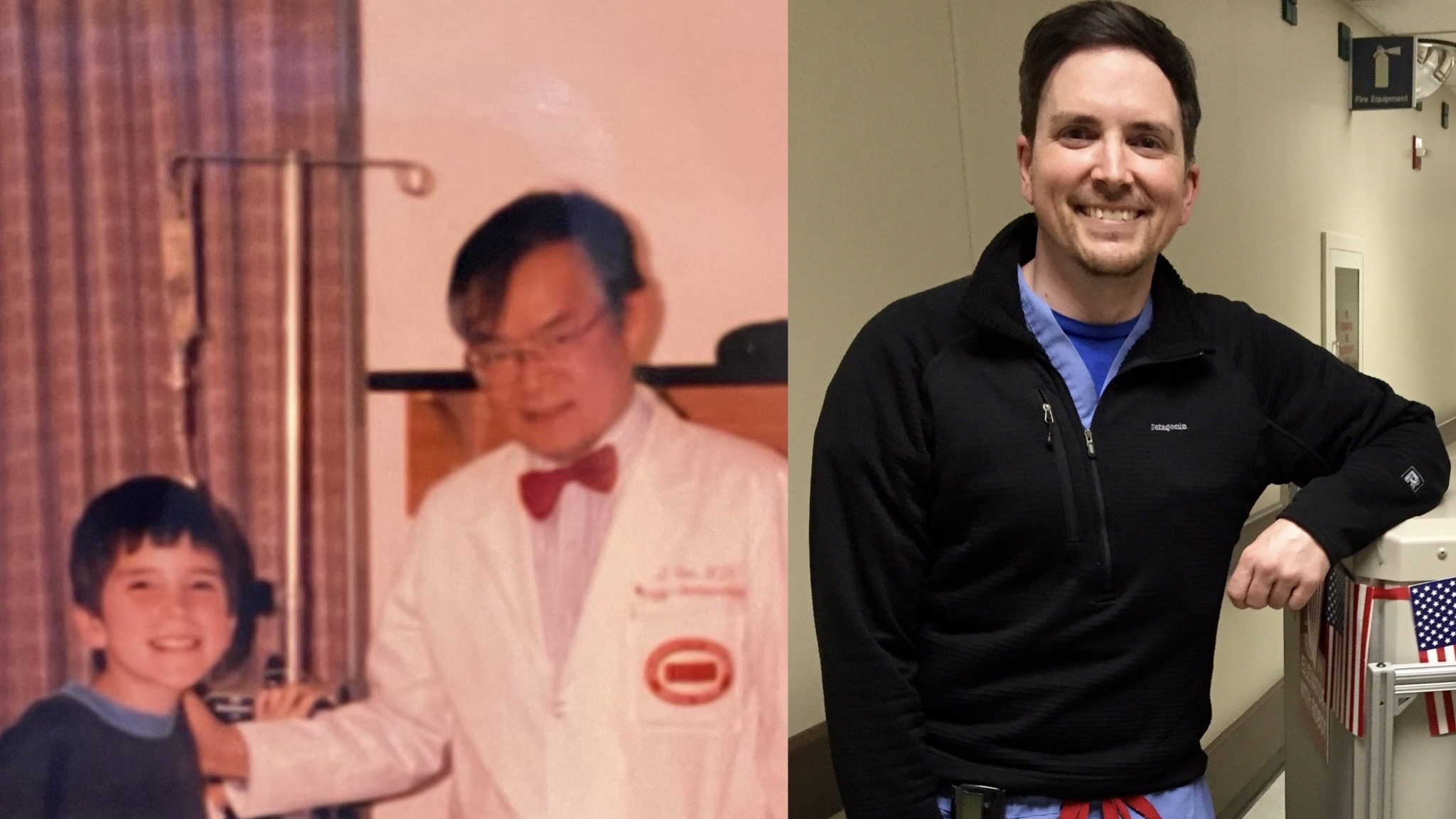Do Facial Shields Prevent COVID-19 Transmission?
.png)
- In a preliminary study, adding a facial shield to a surgical mask seemed to eliminate COVID-19 infections.
- Very promising for showing that facial shields can offer strong protection, but more rigorous research needs to be done.
- We still don’t know how facial shields perform alone without a mask. This is important for people who rely on facial expressions and lipreading to communicate.

Masks are very effective in decreasing the spread of COVID-19. However, they make it more difficult to communicate by obscuring facial expressions. Lipreading becomes impossible for for deaf and hard of hearing people. It also makes it more difficult for children and older adults to communicate orally. These populations have more difficulty hearing the “other content of speech” such as emotion. For those who use American Sign Language, facial expressions are crucial to convey meaning.
Facial shields may be a way around masks. They seem to decrease the amount of inhaled flu virus. Flu is another respiratory virus like COVID-19 that has similar transmission dynamics. In addition, shields may keep hands from faces better than masks. They also protect virus from landing inside the eyes.

A new study from Drs. Bhaskar and Arun in India and published in JAMA provides the first scientific insight into whether shields work to prevent COVID-19 spread. This is a “before and after” study with community workers who were responsible for counseling the family members of COVID-19 patients. The study looked at COVID-19 infections before (no facial shields) and after (with facial shields). In both conditions, masks, physical distancing, and infection control techniques were used. The community workers were separated from the outside world. They had no interactions with anyone except for the families of COVID-19 patients.
The “before” period was 2 weeks long. Immediately following the “before” condition, the “after” study period followed. It was also 2 weeks long. Before facial shields, there were 12 COVID-19 infections in 62 workers (19%). The first worker became sick 13 days after beginning home visits. The workers had no other contacts. This suggests that the source of the infection was the COVID-19 exposed families. After using facial shields there were no infections. Note that in both before and after conditions, facial masks were used.
This suggests that facial shields decrease the rate of COIVD-19 infections when used with surgical masks. It does not provide direct evidence that they work independently of masks. However, the workers used masks all through the study period. This provides indirect evidence that facial shields may provide a high degree of protection.
Strengths of this study: This is a community setting using trained healthcare workers. This means that the workers are very well aware of the proper use of masks, shields, gloves, and sanitizer. There are specific ways that masks and shields should be put on, taken off, and cared for. Without proper use, the ability to control infection gets substantially worse. These facts about this study provides greater evidence than a news article suggesting that facial shields did not work in a restaurant and hotel.
Drawbacks of this study:
- Before and after design over a month. COVID-19 infections have precipitously declined in other areas. That decline could be responsible for the lack of COVID-19 transmission with facial shields.
- The rate of infection with masks alone was 19% when using social distancing, masks, and hand sanitizer. This is far above their overall community transmission rate of 2.3%. The 19% transmission in the India study is, frankly, shockingly high and makes us question how the workers handled their masks. This may provide indirect support that shields keep hands from the face and decreases transmission.
- We don’t know how facial shields work alone and without a mask.
- 62 workers is a small number. More research subjects across more research centers means less chance for random variables to create false conclusions.
- Science involves repeating findings, especially with point #2. This is one study and it was done in India. Transmission dynamics may not be the same with different viral strains in the United States. Other studies need to be done to replicate findings. Future studies can change various parameters to strengthen findings.
Bottom line: Masks were there first and are the “gold standard” by which to compare every other community prevention method. Shields are likely quite effective. We still don’t know how they compare to masks. So don’t ditch your mask for a shield just yet. Use a facial mask with a clear window. For homemade masks, a thin film of dish soap can prevent fogging.
Recent Blog Posts
Ready to get started?

Dr. Ruffin is committed to providing every patient with outstanding care.




.png)
